Global S&T Development Trend Analysis Platform of Resources and Environment
| Astronaut training in the land of volcanoes | |
| admin | |
| 2021-11-10 | |
| 发布年 | 2021 |
| 语种 | 英语 |
| 国家 | 欧洲 |
| 领域 | 地球科学 |
| 正文(英文) | A team of astronauts, engineers and geologists is travelling to Spain’s Canary Islands, one of Europe’s volcanic hot spots, to learn how to best explore the Moon and Mars during ESA’s Pangaea geological training course. This edition’s participants are ESA astronaut Andreas Mogensen, ESA engineer Robin Eccleston and NASA astronaut Kathleen Rubins, who is part of the group of NASA astronauts selected to potentially land on the Moon for the Artemis missions, where research on lunar geology will be crucial. 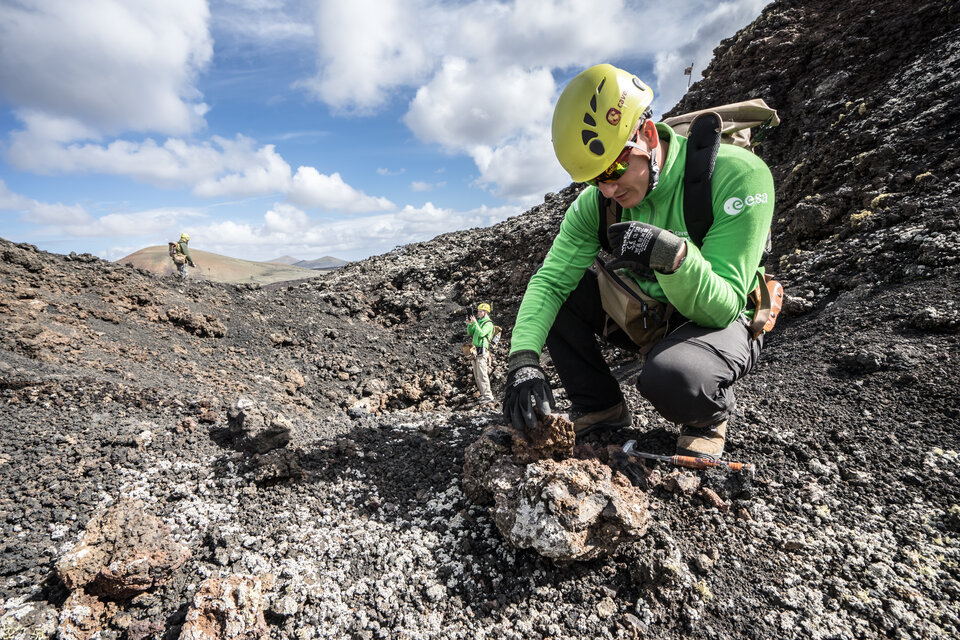
The crew learned how to identify interesting rock samples and traces of life during field trips to the Italian Dolomites and the Ries crater in Germany in September. Thanks to lessons by leading European scientists, “by now we are able to listen to and better understand the geologic heartbeat of the planet. Some rocks are like open books telling you the story of our Solar System,” says Andreas. Volcanic universe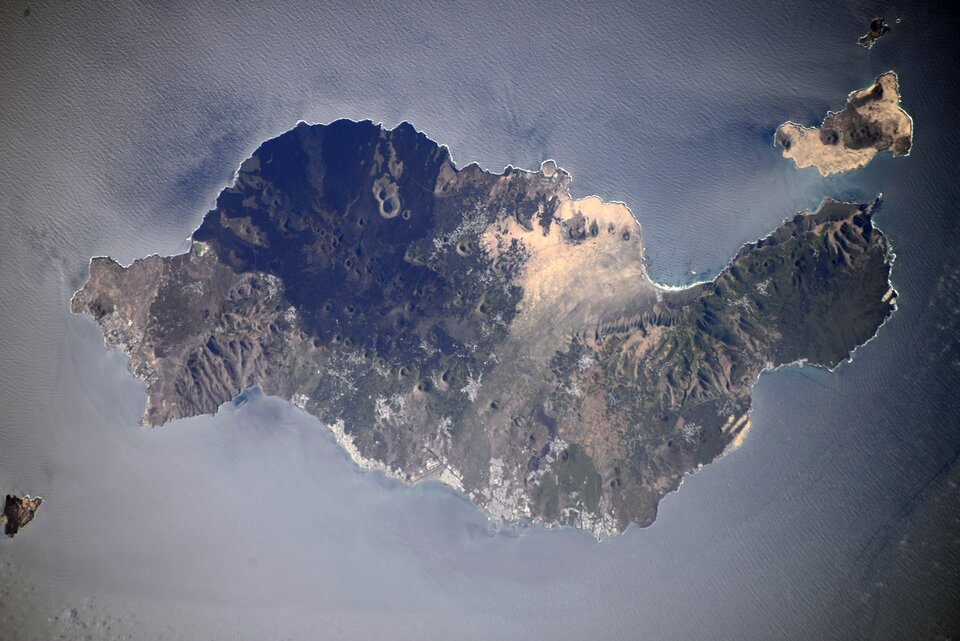
Lanzarote’s volcanic landscapes are exceptionally well-preserved, and recent geological activity makes it a unique open-air museum. Here, basaltic lava flows resemble vast plains on the lunar maria and volcanoes are similar to those in some regions of Mars. “In Lanzarote we can really look into the geological interactions between volcanic activity and water – two key factors in the search for life,” explains Samuel Payler, Pangaea training coordinator. Surprisingly microorganisms can thrive inside the rocks despite the apparently barren soil. 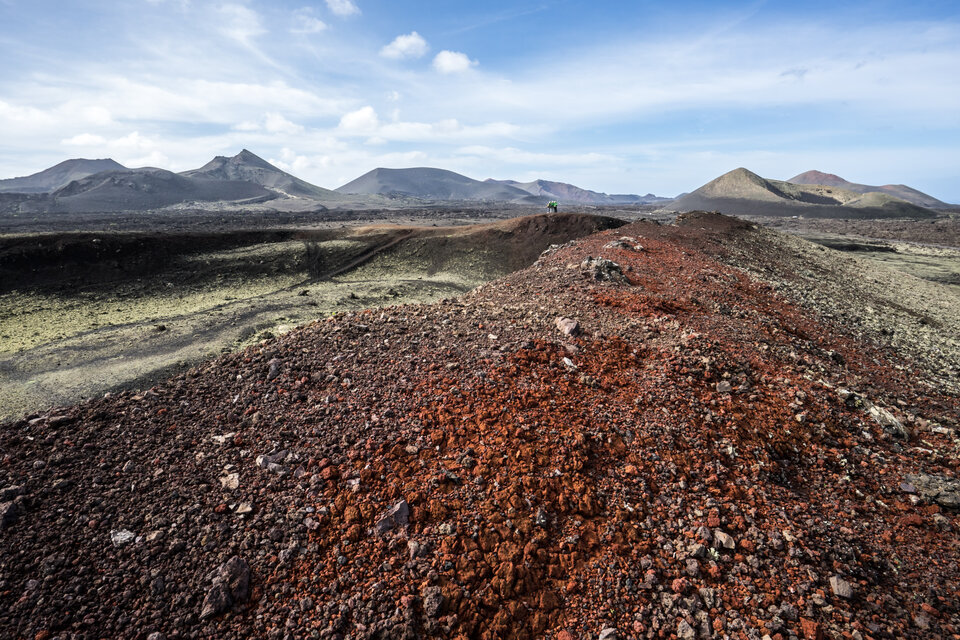
Volcanism is not exclusive to Earth. Our Moon had extensive volcanic activity until less than two billion years ago. Mars is currently a cold, dry desert, but in the past most of the planet’s surface was shaped by water and volcanoes in a very Earth-like fashion. The Red Planet has the largest known volcano in our planetary neighbourhood – the 22 km high Mount Olympus. Preparing for other planetsPangaea – named after the ancient supercontinent – prepares the astronauts for expeditions to other planets. Trainees acquire skills and knowledge both in the field and in the classroom tailored towards the needs of future planetary explorers. 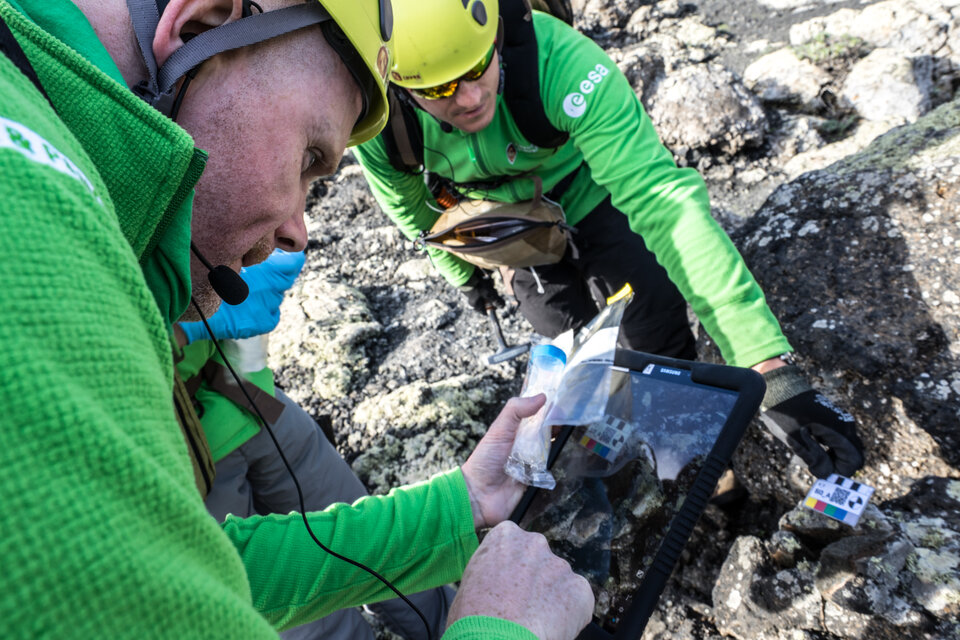
Participants analyse the chemistry and mineralogy of the soil, choose their own exploration routes and rely on technology in constant communication with the science and training teams. “We instruct astronauts on reading and describing landscapes and running efficient sampling taking into account the environment around them, such as dust and volcanic rocks,” says Francesco Sauro, Pangaea’s technical course director. “From selecting a landing site to describing samples with the right scientific vocabulary, this is the basic geological education they will need in future field trips for lunar missions,” adds the geologist. 
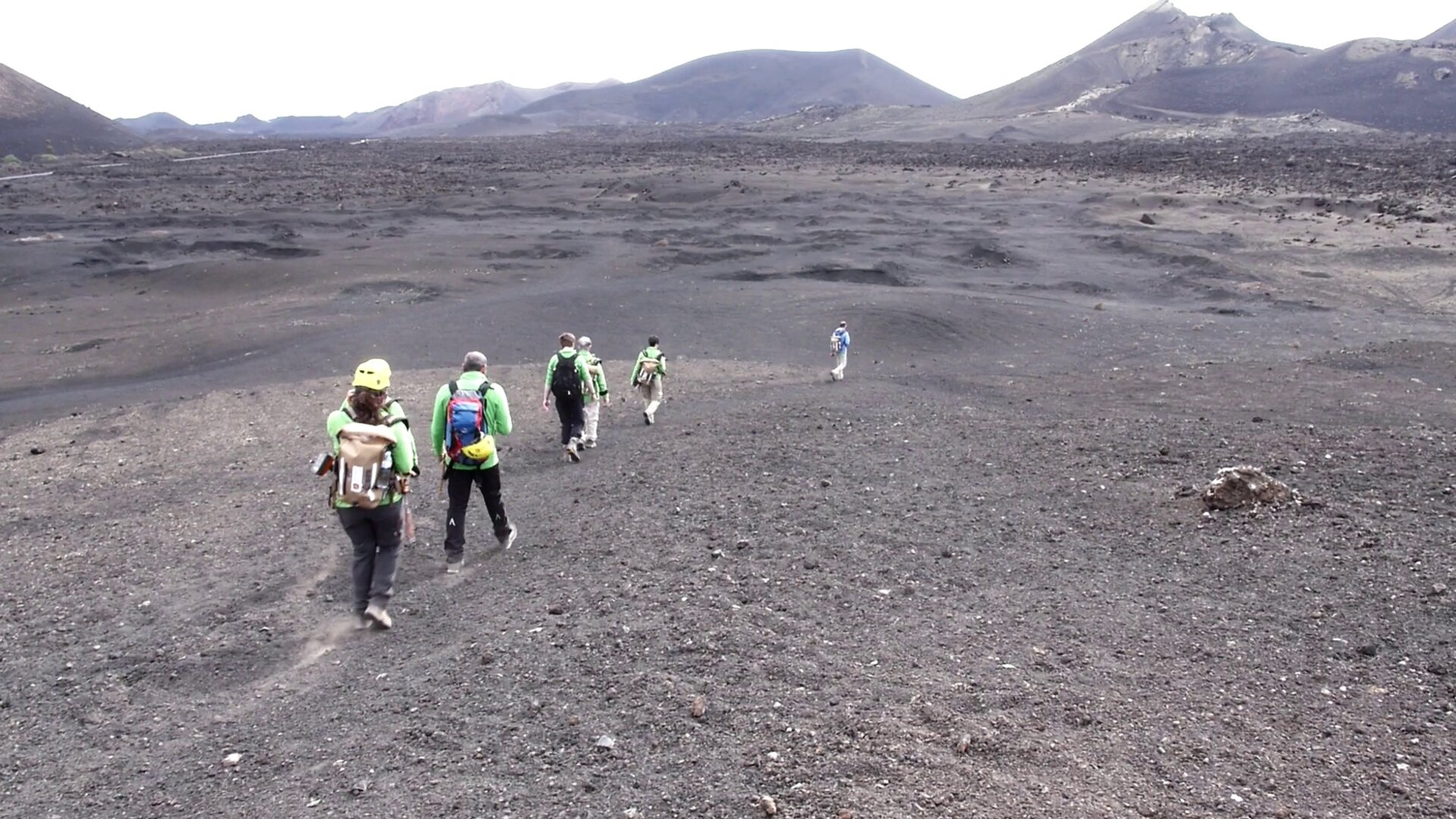
Pangaea – geology training for space exploration
Access the video |
| URL | 查看原文 |
| 来源平台 | European Space Agency |
| 文献类型 | 新闻 |
| 条目标识符 | http://119.78.100.173/C666/handle/2XK7JSWQ/340513 |
| 专题 | 地球科学 |
| 推荐引用方式 GB/T 7714 | admin. Astronaut training in the land of volcanoes. 2021. |
| 条目包含的文件 | 条目无相关文件。 | |||||
| 个性服务 |
| 推荐该条目 |
| 保存到收藏夹 |
| 查看访问统计 |
| 导出为Endnote文件 |
| 谷歌学术 |
| 谷歌学术中相似的文章 |
| [admin]的文章 |
| 百度学术 |
| 百度学术中相似的文章 |
| [admin]的文章 |
| 必应学术 |
| 必应学术中相似的文章 |
| [admin]的文章 |
| 相关权益政策 |
| 暂无数据 |
| 收藏/分享 |
除非特别说明,本系统中所有内容都受版权保护,并保留所有权利。
修改评论